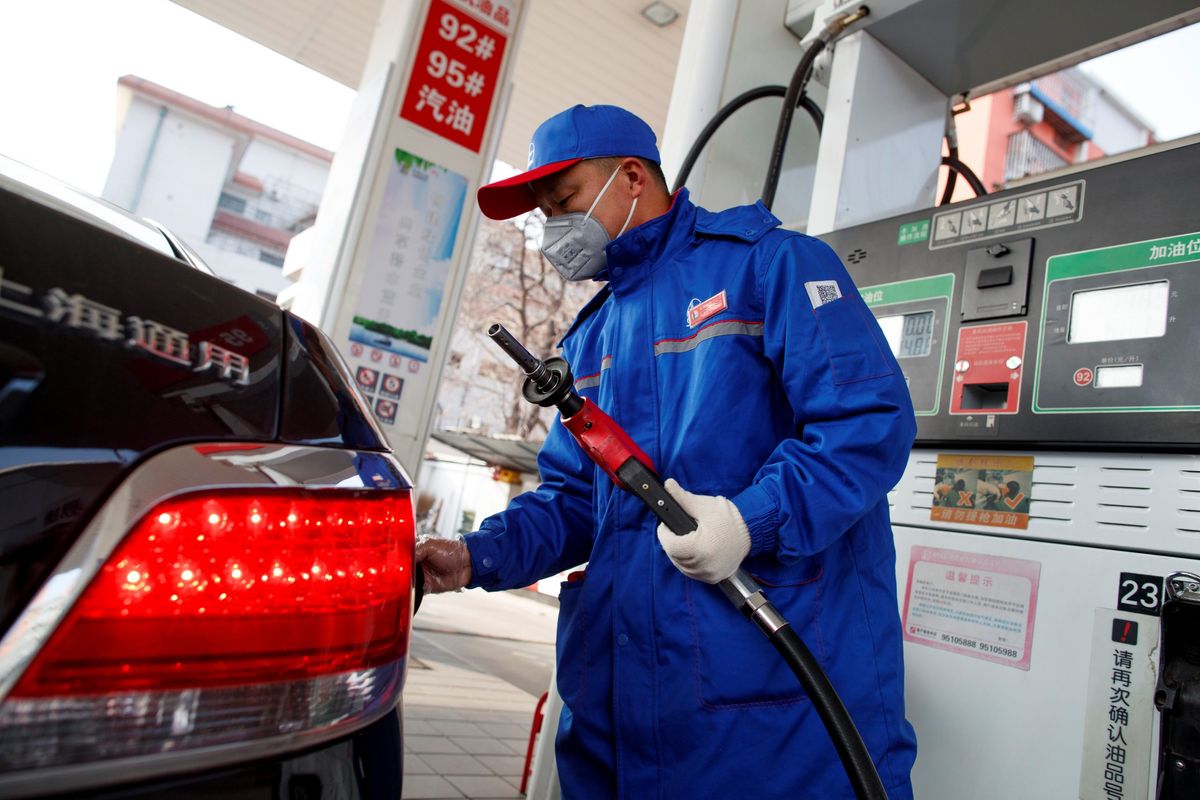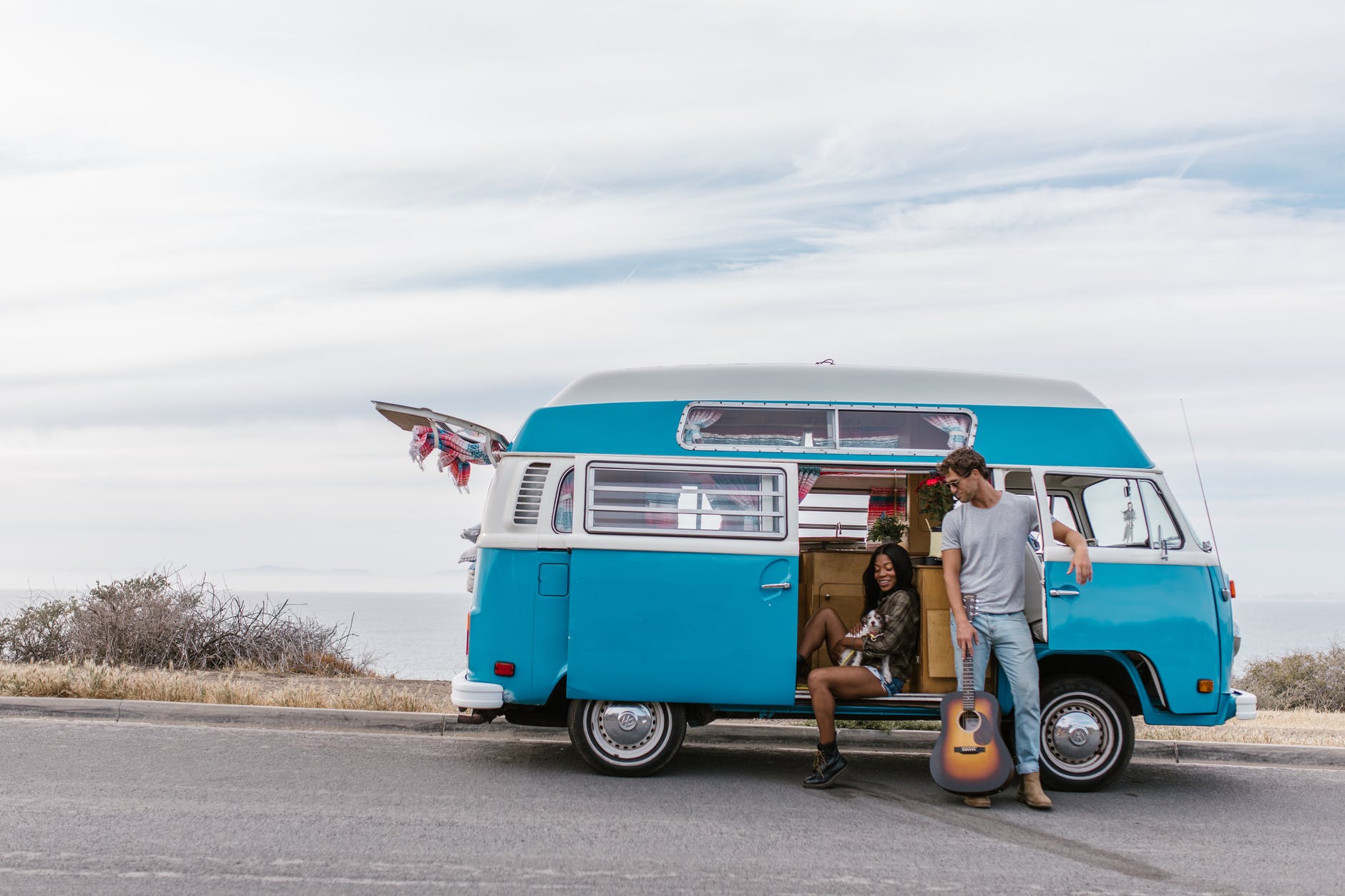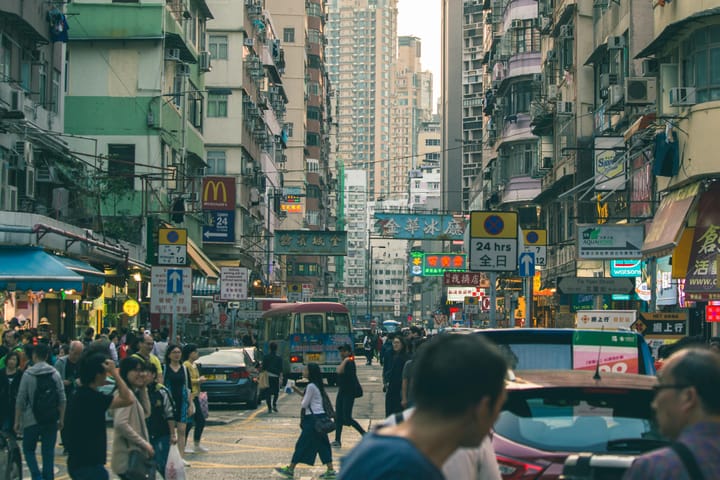High gas prices are leading to some interesting changes in consumer behavior

A few minutes every morning is all you need.
Stay up to date on the world's Headlines and Human Stories. It's fun, it's factual, it's fluff-free.
It’s no secret that oil and energy prices are going up, and for anyone driving or riding in a car, one of the most noticeable ways has been observed at the fuel pump. In the US, gas prices are at an all-time high, having just passed US$5 per gallon (US$1.32 per liter) nationally for the first time ever.
And these rising prices are being met by some pretty interesting changes in consumer behavior.

In the US, going on a road trip used to be a cost-effective way to travel across the lower 48 states, but now it’s looking less and less affordable. As a result, #Vanlifers, a group of new-age nomads who live out of converted livable vans and buses so they can travel around the country, are being forced to change their long-term travel goals to accommodate the higher prices.
One Reddit thread saw vanlifers nationwide discuss the high prices, with one user saying, “This year I was really looking forward to drive to the east coast from Los Angeles and explore that side of the country … Now with gas prices going bonkers (Over $6/gallon in CA) I don’t think it’s economically feasible to do vanlife." Other users went back and forth debating the perks of vanlife versus paying for lodging, with one user pointing out, “It gets a LOT cheaper when you leave California."
And in Australia, where gas is nearly AUD$2 per liter (AUD$7.57 per gallon), there’s been an uptick in bike purchases, with people reasoning that the extra work is worth the cash it would cost to fill up their tank for shorter-distance drives. Roberto F. Aguilera, energy economist at Curtin University, said, “In the eastern states, gas prices are linked to the price in Asia, and Asia itself is experiencing a gas supply crunch [which is] related to disruptions from Russia. So that’s bringing prices up in that region and because the markets are connected, we feel it here at home as well."
But these higher gas prices that we’re all complaining about, have a disproportionate effect on lower-class families, who spend more of their budget on transportation. So it’s likely that these families will look for ways to fill their tanks less often. With that said, though, this isn’t an option for everyone, especially those who need to drive to and from work. US federal data shows that in 2019, Americans spent about 3.3% of their budget on gasoline. But, earners in the lower income bracket (US$30,000-$40,000) spent more, around 4.1% of their budget.
“You’re seeing a lot of poor people – especially the rural poor driving a lot – getting hit harder,” said Kent Smetters, an economist at the University of Pennsylvania.




Comments ()